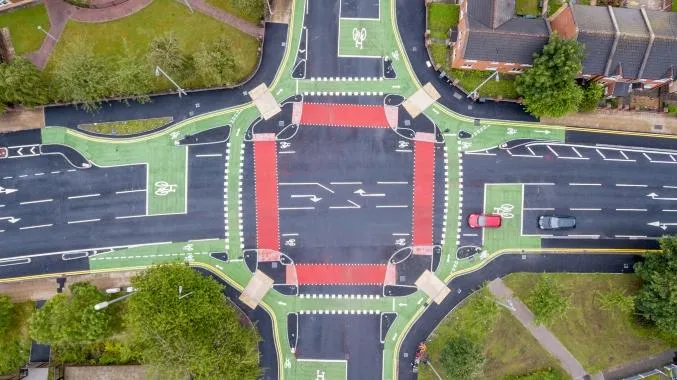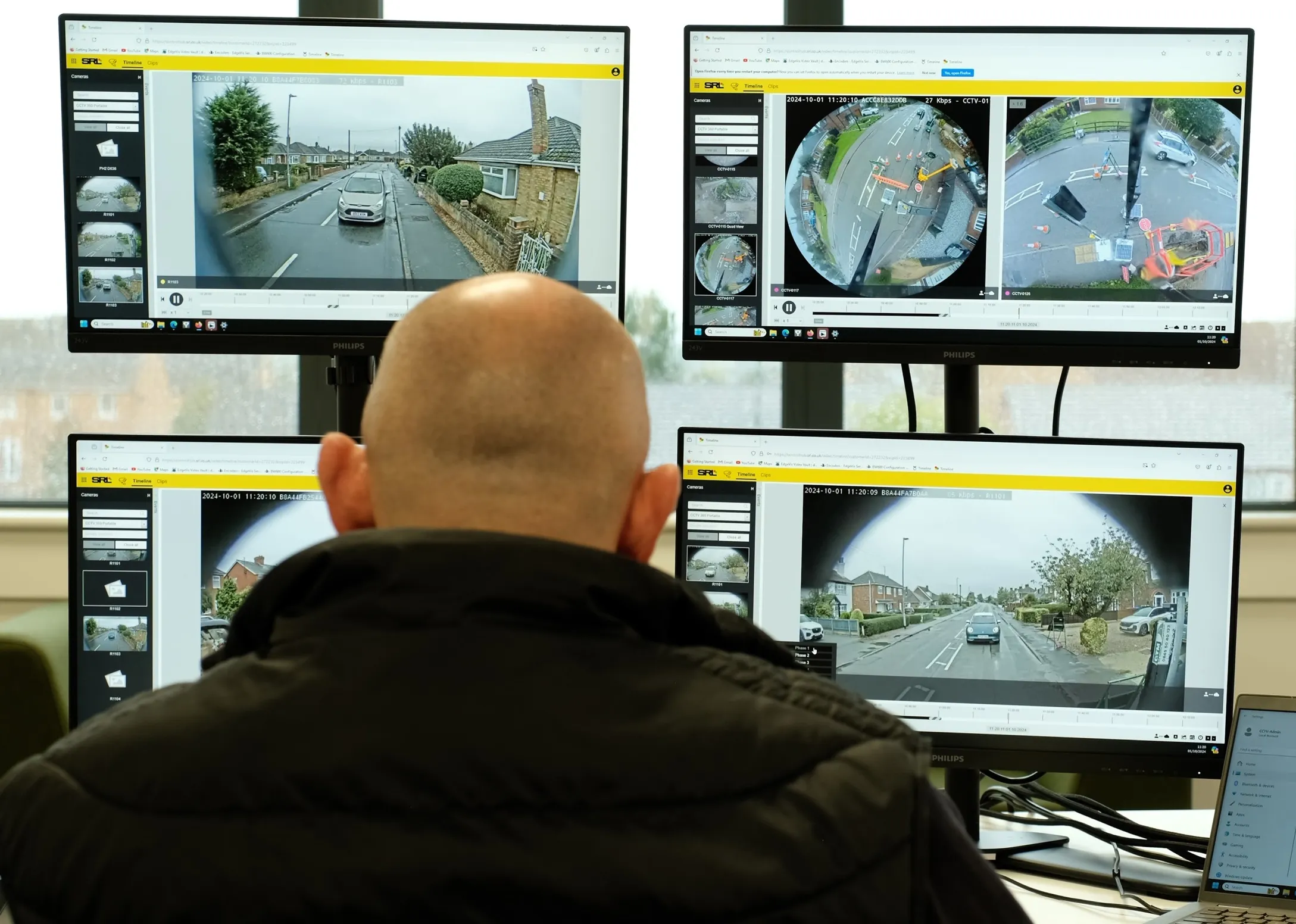Hydro is launching a rotating mast arm which it says will improve safety for operators responsible for maintaining traffic signals on multi-lane carriageways. Operators can control the rotating mechanism by using an internal winch located in a separate door compartment at ground level.
The aluminium solution can either be installed in the ground or via the retention socket with anti-rotation design. Local technical support is available in the UK.
July 24, 2019
Read time: 1 min
Hydro is launching a rotating mast arm which it says will improve safety for operators responsible for maintaining traffic signals on multi-lane carriageways. Operators can control the rotating mechanism by using an internal winch located in a separate door compartment at ground level.
The aluminium solution can either be installed in the ground or via the retention socket with anti-rotation design. Local technical support is available in the UK.










